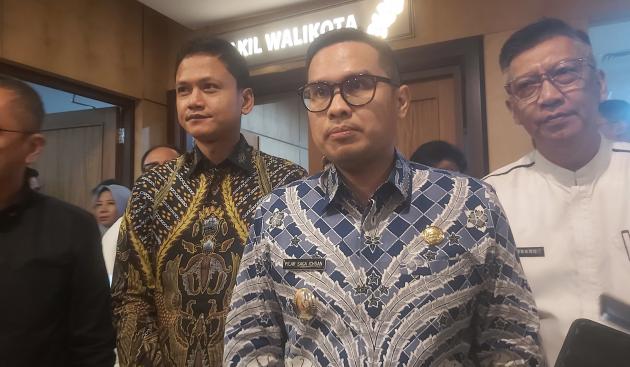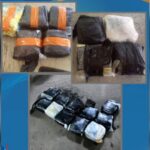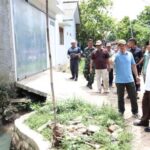Around 500 tons of waste per day from the South Tangerang (Tangsel) area will be disposed of at the Bangkono Landfill in Pandeglang Regency.
This step was taken by the Tangsel municipal government due to the Cipeucang Landfill exceeding its capacity.
The Deputy Mayor of South Tangerang stated that waste disposal at the Bangkono Landfill will continue for the next 4 years until the Waste-to-Electricity Energy Processing (PSEL) project in Tangsel is completed.
“Approximately 500 tons of waste per day will be disposed of at the Bangkono Landfill, starting at the end of August. This measure was taken due to the lack of available land in Tangsel and the overloaded condition of the Cipeucang Landfill,” the official said.
Meanwhile, the Deputy Regent of Pandeglang mentioned that the cooperation regarding waste disposal from Tangsel to Pandeglang has been comprehensively reviewed.
Additionally, the current 5-hectare Bangkono Landfill will be expanded by 3.5 hectares to accommodate the waste transported from Tangsel.
“We will also prepare a Material Recovery Facility (MRF) machine to ensure proper management of the waste at the Bangkono Landfill,” the official added.
South Tangerang
South Tangerang (Tangsel) is a city in Indonesia’s Banten Province, established in 2008 after splitting from Tangerang Regency. Developed as a modern satellite city of Jakarta, it features residential areas, business districts, and educational hubs like BSD City. Historically part of the Sunda Kingdom, the region has grown rapidly, blending urban development with local cultural influences.
Bangkono Landfill
The **Bangkono Landfill** is a waste disposal site located in **Bamako, Mali**, serving as one of the city’s primary dumping grounds. Established to manage the growing urban waste, it has faced challenges such as environmental pollution and health risks for nearby communities. The site reflects broader issues of waste management in rapidly expanding African cities.
Pandeglang Regency
Pandeglang Regency is a region in Banten Province, Indonesia, known for its diverse landscapes, including beaches, mountains, and Ujung Kulon National Park—a UNESCO World Heritage Site and the last refuge of the critically endangered Javan rhinoceros. Historically, it was part of the Banten Sultanate, a powerful Islamic kingdom in the 16th–18th centuries, and retains cultural significance with traditional Sundanese and Bantenese influences. Today, it attracts tourists for its natural beauty, wildlife, and historical heritage.
Cipeucang Landfill
The Cipeucang Landfill, located in South Tangerang, Indonesia, was a major waste disposal site serving the Greater Jakarta area. Operational for years, it became notorious for environmental and health issues due to overcrowding and poor waste management. The site has since been closed, with efforts shifting to more sustainable waste solutions in the region.
Waste-to-Electricity Energy Processing (PSEL)
The **Waste-to-Electricity Energy Processing (PSEL)** is an innovative facility that converts municipal solid waste into renewable energy through incineration, reducing landfill use and generating electricity. These plants are part of sustainable waste management solutions, often implemented in urban areas to address growing waste challenges while supporting clean energy goals. The technology has gained prominence in recent decades as cities worldwide seek eco-friendly alternatives to traditional waste disposal.
Material Recovery Facility (MRF)
A **Material Recovery Facility (MRF)** is a specialized plant that processes recyclable materials, sorting and preparing them for reuse in manufacturing. MRFs play a key role in waste management by separating materials like paper, plastics, glass, and metals using manual and automated systems. Developed in response to growing environmental concerns, modern MRFs help reduce landfill waste and promote sustainability by improving recycling efficiency.






